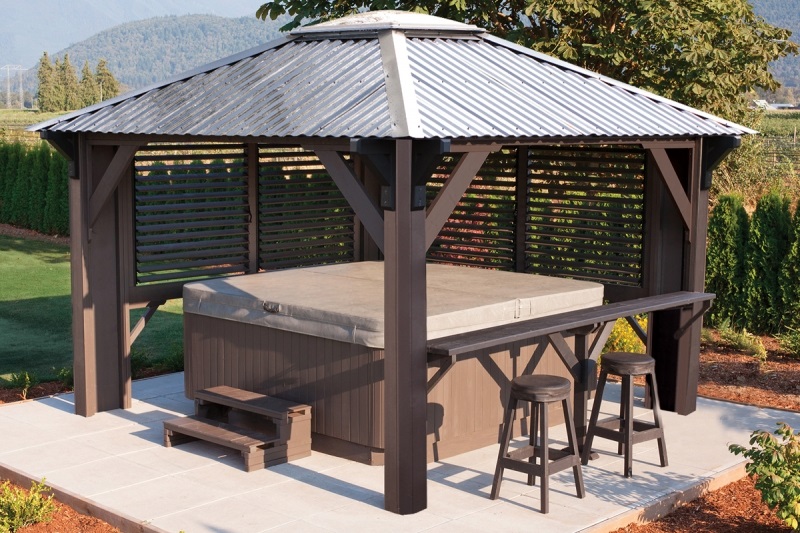At a glance:
- Tree care, such as pruning and fertilising, can maximise the benefits of your trees.
- Regularly inspecting your trees is essential for maintaining their health and preventing diseases and pests.
- By planning ahead and considering the following factors, you can ensure a successful and healthy tree-planting experience in Autumn.
It’s officially autumn, and that means it’s time to start preparing your trees for the seasonal change. Tree care might seem daunting, but with the right steps, you can ensure your trees stay healthy and vibrant through the cooler months.
The importance of tree care cannot be stressed enough for the health and longevity of your trees. In addition to providing clean air and shade, trees lend beauty and aesthetic appeal to any property. Regular tree care, such as pruning and fertilising, can maximise the benefits of your trees while minimising the risk of injury or property damage from fallen branches.
Moreover, preventative measures such as inspecting your trees for signs of disease, pests, or structural damage can help detect issues before they escalate, potentially saving you money and time in the long run. By taking the time to care for your trees, you can enjoy their beauty and benefits for years to come.
Essential tips for preparing trees in Autumn
Inspect your trees
Regularly inspecting your trees is essential for maintaining their health and preventing diseases and pests. This step should be taken all year round, but autumn is an especially good time to do so. As the leaves fall, you can get a better view of the tree’s structure, making it easier to spot any issues. Look for signs of weakness in the branches, especially where they connect to the trunk. Also, keep an eye out for any signs of disease, such as spots or discolouration on the leaves. If you notice anything concerning, contact a professional arborist for help.
Properly prune your trees:
Properly pruning trees is a crucial part of autumn tree care in Melbourne. This maintenance procedure ensures healthy growth and structure while also preventing potential hazards like broken branches. It is best to start pruning in late autumn or early winter after the leaves have fallen. Use disinfecting pruning tools and cut just outside the branch collar, where the branch attaches to the trunk. Remove any dead, diseased, or crossing branches, as well as any that interfere with power lines, buildings, or sidewalks. Note that over-pruning can be harmful, as it can weaken the tree’s health and structure. For larger trees or complex pruning tasks, it is advisable to hire a professional arborist.
Frequently fertilise your trees
Frequent fertilisation is a vital aspect of tree care, particularly during autumn. Trees need the proper nutrients to recover from the hot summer season and prepare for the cold winter. Applying slow-release fertilisers effectively ensures that trees receive the nutrients they need to stay healthy throughout the year.
Regularly water your trees
Regularly watering your trees is crucial to tree health and survival, especially in the weeks and months immediately after planting. Trees need more water in the summer months, and it’s important to ensure they get enough to withstand the oncoming winter. A hearty gulp of water in the Autumn and early winter can help prepare your trees for the colder months ahead. However, it’s essential not to water the leaves as this can promote the spread of diseases. Instead, focus on watering the roots to nourish the tree from the ground up.
Mulch your trees
Mulching around the base of the trees also promotes root development and helps them endure the winter. To avoid damage, tree owners must apply fertiliser six to eight weeks before the winter season begins. Remember to avoid pruning during this time to support the tree’s natural processes. By giving your trees the right care at the right time, you can ensure they survive the winter and flourish in the spring.
Protect your trees
Protecting your trees is an important part of autumn care. A healthy and robust tree will be more resistant to disease and fungus, making it more likely to thrive in the coming months. Removing dead trees and deadwooding can also help to prevent disease and pests from settling in. It’s important to establish a protection zone around retained trees during any construction work to ensure their survival.
Planning Ahead: When to Plant Trees?
Planning ahead is crucial when it comes to planting trees in Autumn. As previously mentioned, Autumn is the ideal time for planting trees as the weather is cool and the soil is moist, allowing for optimal root establishment. However, it’s important to plan and determine the exact timing for planting based on the specific species of tree being planted. Deciduous trees can be planted in the autumn after leaf fall until freeze-up or in early spring before bud break. Conifers, on the other hand, can be planted in the late summer or early Autumn. It’s also important to consider the weather forecast and avoid planting during extreme heat or cold periods. Planning ahead and considering these factors can ensure a successful and healthy tree-planting experience in Autumn.






